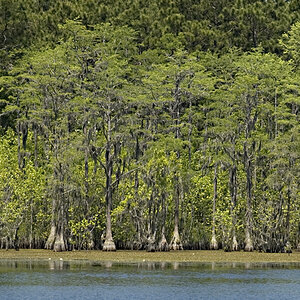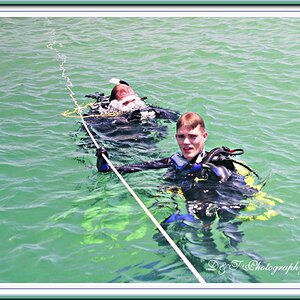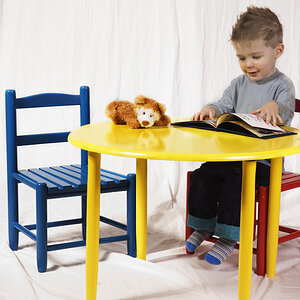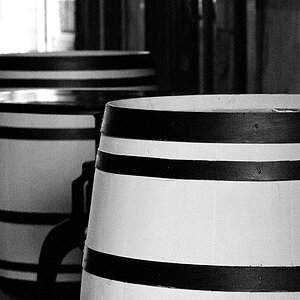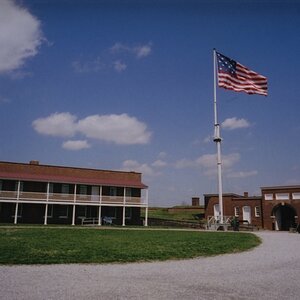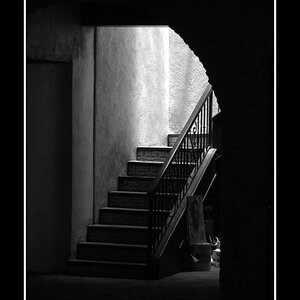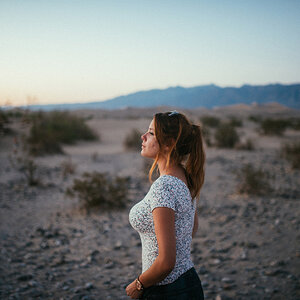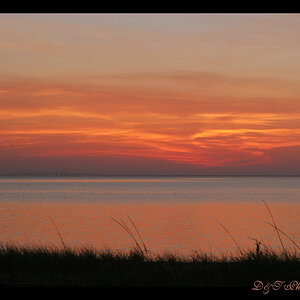eric-holmes
No longer a newbie, moving up!
- Joined
- Aug 8, 2009
- Messages
- 1,858
- Reaction score
- 49
- Location
- Arkansas
- Can others edit my Photos
- Photos OK to edit
I have a spare bedroom measuring 112L" x 126W" x 84"H. I would really like to set this up for doing something like headshots. That is really my only option because that is all I would have room for. I am thinking about using a chroma key backdrop so I can change the color of the backdrop as I wish. This would be more cost efficient. I also plan to purchase a couple of light modifiers, either umbrellas or softboxes. I was also thinking about using a track lighting system for the ceiling. I could use that lighting to light the backdrop. Any opinions on what I could do with this space?


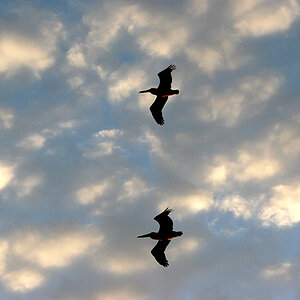
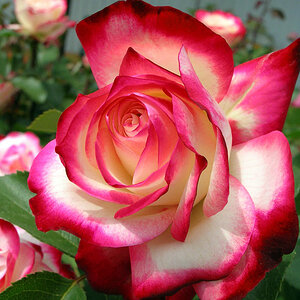
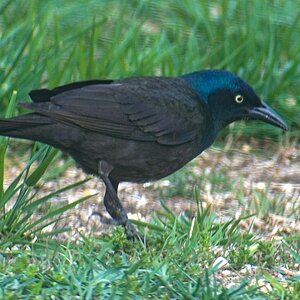
![[No title]](/data/xfmg/thumbnail/35/35587-16c570d2927f2a9ea1945320686eca01.jpg?1619737062)
